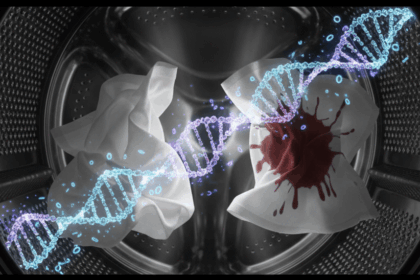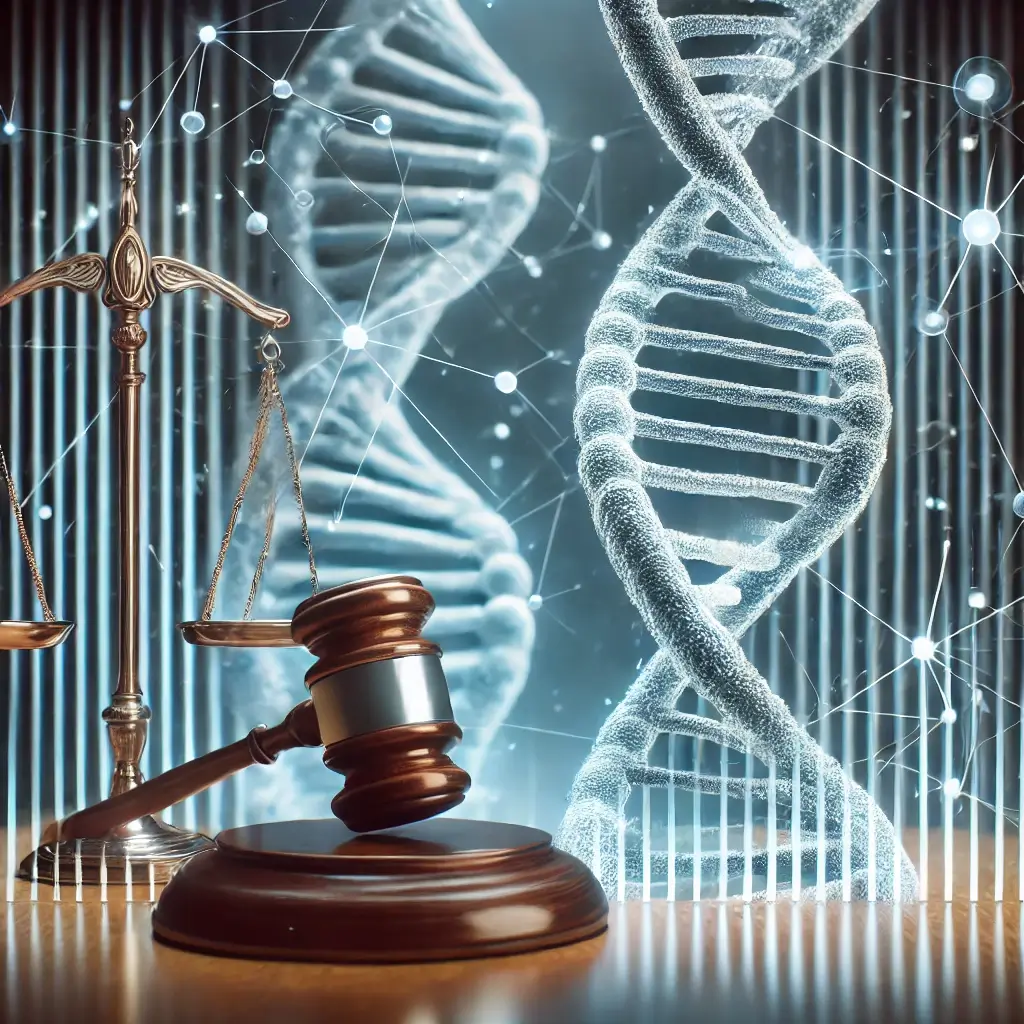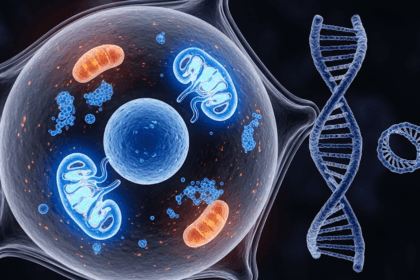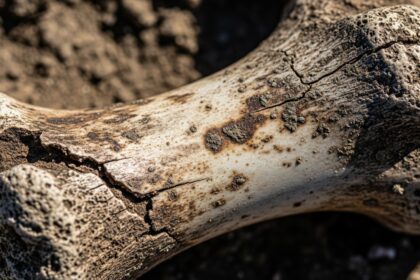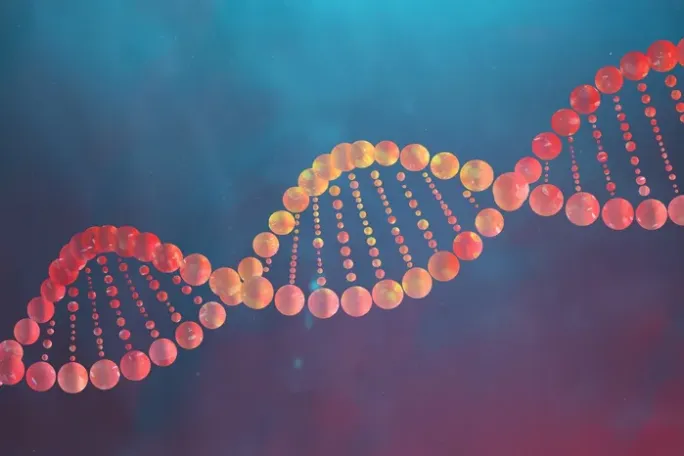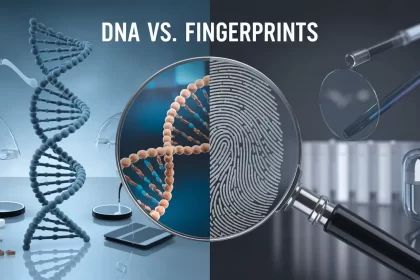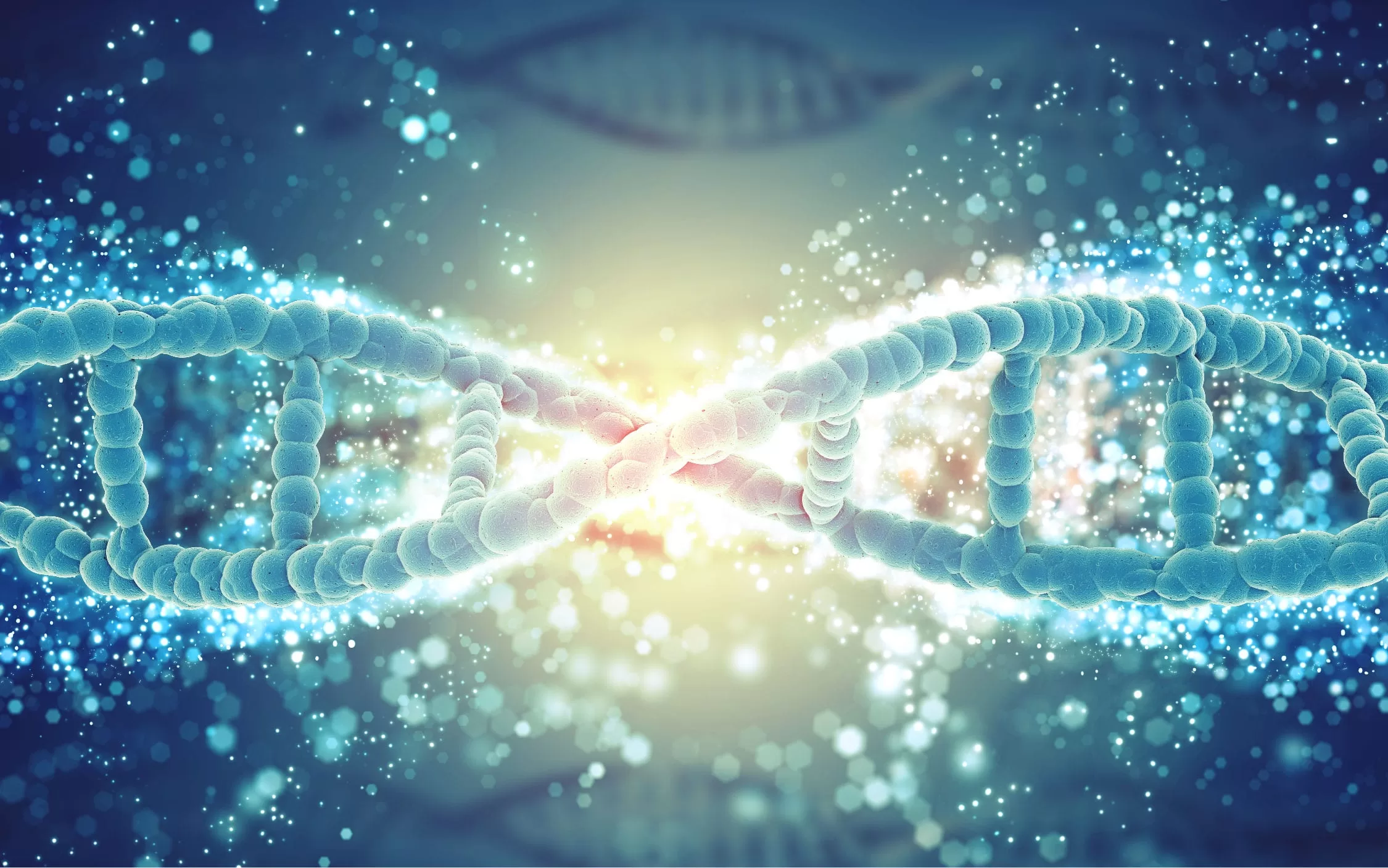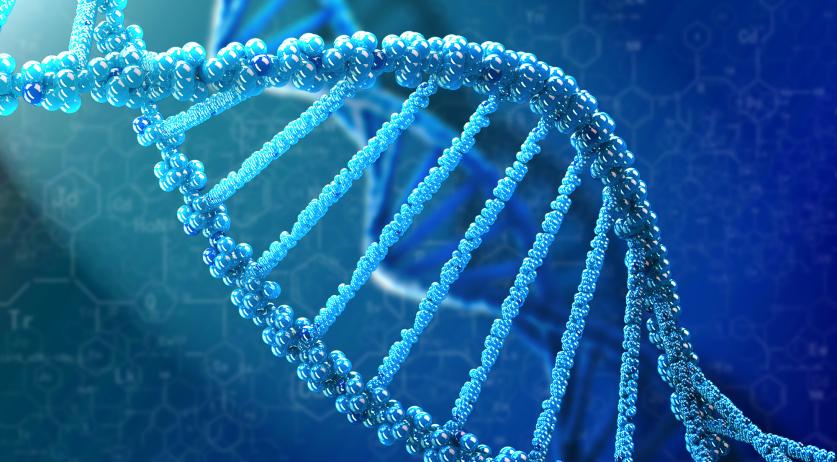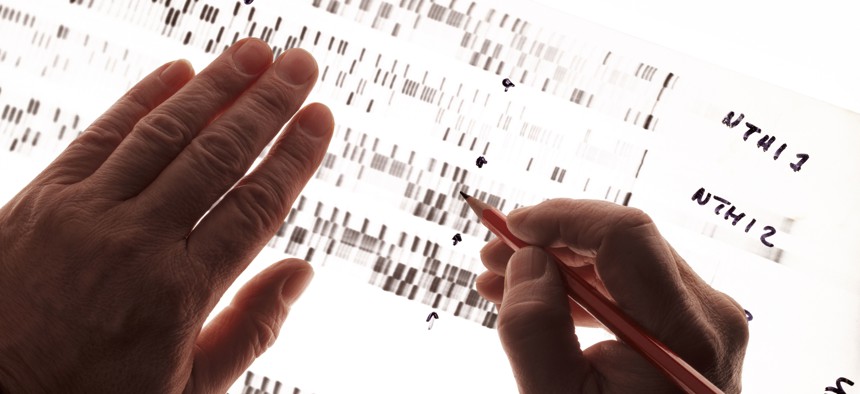Making Sense of DNA Patterns: New Research on DNA Transfer and Activity-Level Modeling
New research from Flinders University used video and Bayesian network modeling to map DNA transfer during social interactions, confirming that background DNA and shedder status…
Washing Machine DNA: The Challenge of Extra Alleles in Forensic Interpretation
New forensic research quantifies the risks of DNA transfer and degradation in washing machines, finding that profiles from laundered clothes must be treated as complex,…
Indian Supreme Court Sets New Standards for DNA Evidence Integrity
The Supreme Court has issued new guidelines for handling DNA evidence, focusing on strict protocols for collection, transportation, and chain of custody to prevent contamination…
mtDNA vs. Nuclear DNA: Why Size and Inheritance Matter in Forensics
Discover the key differences between mtDNA and nuclear DNA, and learn how forensic experts leverage these genetic tools to solve complex cases.
The Science of Bone Preservation: How Taphonomy Shapes mtDNA Recovery
In the world of forensic science, the discovery of skeletal remains often represents a crucial piece of the puzzle in unlocking the mysteries of the…
What is mtDNA and Why is it Important? A Forensic Deep Dive
In the fascinating world of forensic science, DNA is often the key piece of evidence. When most people think of DNA, they picture the familiar…
How It’s Done: DNA Evidence Collection
Mastering DNA evidence collection is essential for solving crimes. Learn proven techniques for effective, contamination-free DNA handling from scene to courtroom.
DNA vs. Fingerprints: Which Is More Reliable in Court?
DNA evidence offers unprecedented precision, while fingerprint analysis remains cost-effective and swift. Explore how both methods stack up in court, and learn why combining them…
Understanding Human Chimerism: Genetic Phenomenon Explained
Explore the science of human chimerism, its types, detection methods, and implications in medicine and law. Learn how this genetic phenomenon challenges traditional DNA concepts.
Understanding DNA Evidence in Criminal Cases: A Guide for Prosecutors
Discover the vital role of DNA evidence in criminal cases. Learn how prosecutors can effectively present forensic evidence, navigate challenges, and secure convictions.
DNA Shedding Analysis Could Revolutionize Crime Scene
Explore how forensic DNA shedding analysis could transform crime scene investigations. This innovative technique from Flinders University offers new insights into DNA evidence, potentially solving…
The Impact of Water Exposure on Touch DNA Persistence
Explore the impact of water exposure on touch DNA persistence in this comprehensive article. Learn about the effects of substrate and water type, the advantages…
Persistence of Touch DNA: Understanding the Stability and Implications
Discover the findings of a study on the persistence of touch DNA evidence under varying environmental conditions. The research examines the stability and degradation of…
DNA Profiling: A Revolutionary Technology in the Criminal Justice System
This article explores the history, process, and uses of DNA profiling in the criminal justice system. DNA profiling is a highly advanced scientific technique that…
The Crucial Role of Forensic Science in Wrongful Convictions and Exoneration
Forensic science has played a significant role in the criminal justice system, providing critical evidence used to convict or exonerate individuals. In some cases, however,…
Discovering the ‘secret of life’
70th anniversary of DNA double helix breakthrough.
DUI suspect’s DNA hits to 9 year old Rape Case
9 years after a young woman was sexually assaulted at knifepoint at a commuter rail station in Acton, an investigative breakthrough has resulted in the…
Environmental DNA revealed a 2 two million-year-old biodiversity in Greenland.
The oldest known DNA revealed that Greenland was a lush landscape of trees and vegetation with an array of animals, even the now-extinct mastodon.
A Technology to Advance DNA Analysis, Developed by Wisconsin
Scientists at a Wisconsin headquartered in Dane County have developed new technology that has the potential to change DNA analysis across the globe. It's the…
A New Strategy to Speed Up Cold Case Investigations
A new mathematical analysis could crack cases of unidentified persons and their relatives 10 times faster.





